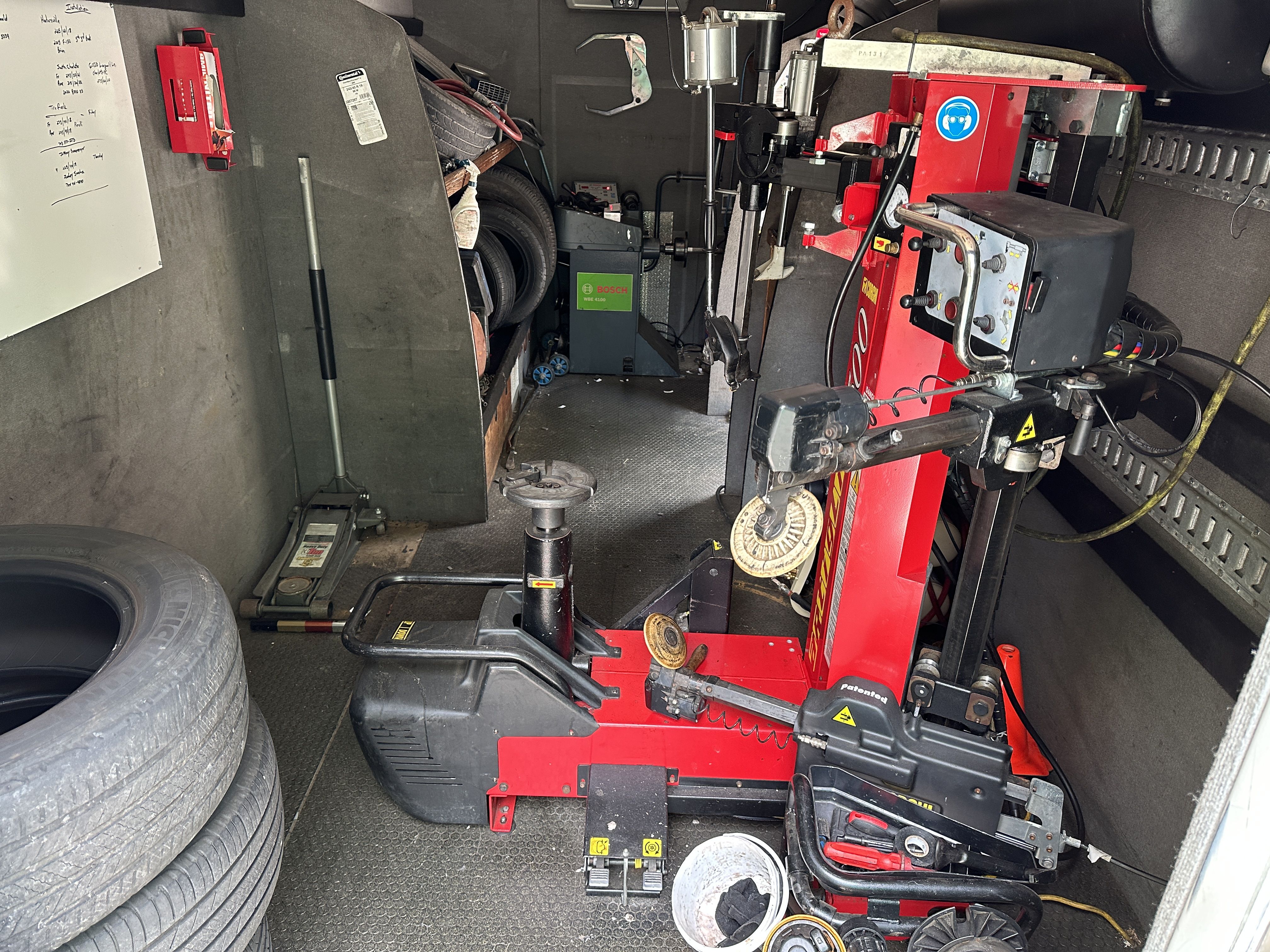Fast and Expert Mobile Tire Repair Las Vegas Providers
Fast and Expert Mobile Tire Repair Las Vegas Providers
Blog Article
Tire Solution: Proven Methods for Optimum Tire Upkeep and Treatment
Maintaining ideal tire problem is vital for both safety and security and performance of any kind of car. From ensuring appropriate tire pressure to routine turning and placement, there are proven techniques that can dramatically expand the life-span of your tires and improve total driving experience. As we check out the complexities of tire care and upkeep, we will certainly reveal necessary standards that every vehicle owner must abide by for the ideal possible outcomes. Let's look into the globe of tire service and uncover the keys to maintaining your tires in superior shape for the long run.
Importance of Tire Pressure
Sufficient tire stress advertises far better fuel performance, as under-inflated tires can lead to raised rolling resistance, creating the engine to work harder and take in even more fuel. Right tire pressure ensures also tread wear, boosting tire long life and saving money in the long run by delaying the need for premature replacements. On a regular basis adjusting and checking tire pressure, particularly in the past long journeys, is a basic yet effective means to boost automobile efficiency, expand tire life expectancy, and focus on safety and security on the roadway.
Tire Turning Standards
When considering tire turning guidelines, it is necessary to comprehend the importance of this upkeep job in making best use of tire life expectancy and keeping ideal automobile performance. Tire rotation involves changing the position of each tire on a vehicle to make sure also tread wear. Front tires tend to put on quicker than rear tires because of steering forces, making routine rotation important for well balanced wear patterns. The recommended turning pattern differs depending on whether an automobile is front-wheel, rear-wheel, all-wheel, or 4x4. Commonly, tires should be rotated every 5,000 to 7,500 miles, or as advised in the lorry guidebook. Disregarding tire turning can result in uneven wear, influencing handling, grip, and potentially compromising vehicle security. By adhering to appropriate turning standards, motorists can extend the life of their tires, boost gas efficiency, and boost general driving experience. Normal turning is a straightforward yet effective upkeep technique that contributes significantly to tire durability and automobile efficiency.

Advantages of Wheel Positioning
Making certain correct wheel positioning after tire turning is essential for maintaining balanced wear patterns and optimizing vehicle efficiency. Furthermore, correct wheel positioning helps to prolong the life-span of your tires. Misaligned wheels can cause irregular tire wear, leading to premature tire substitute and boosted upkeep costs.

Tire Footstep Depth Check
Executing a regular assessment of tire step depth is crucial for maintaining secure driving problems and prolonging the life-span of your tires. Unequal tread wear can show problems with tire positioning, suspension, or stress, highlighting the importance of routine tread depth checks. By incorporating tire tread depth checks into your routine maintenance timetable, you can drive with webpage self-confidence understanding that your tires are in top condition.
Seasonal Tire Inspection
A comprehensive evaluation of tire problem tailored to particular weather conditions is vital for preserving ideal performance and safety throughout the year. Seasonal tire inspection is a basic element of tire upkeep that makes certain tires are ready to face the challenges positioned by various climate problems. To prepare for winter, it is crucial to check the tire stress routinely as chilly temperatures can trigger tire pressure to drop. Examining tire tread deepness is also crucial to make website link certain adequate grip on snow and ice-covered roads. Additionally, looking for indications of damage, such as bulges or cracks, can assist prevent prospective tire failures. As the periods change, it is essential to examine tire condition and make any necessary changes to assure risk-free driving. By conducting regular seasonal tire examinations, vehicle drivers can lengthen tire life-span, improve gas effectiveness, and most importantly, make certain a safe driving experience in varying weather - Flat Tire Repair Las Vegas.
Verdict
Finally, keeping correct tire pressure, revolving tires regularly, lining up wheels appropriately, keeping track of step depth, and conducting seasonal evaluations are necessary techniques visit this site right here for optimal tire care. By adhering to these shown techniques, vehicle drivers can ensure their tires last longer, do far better, and add to overall car safety and security. It is essential to prioritize tire maintenance to stop mishaps, enhance gas performance, and lengthen the lifespan of tires.
Sufficient tire pressure advertises much better gas performance, as under-inflated tires can lead to raised rolling resistance, triggering the engine to work more challenging and eat even more fuel.When taking into consideration tire turning guidelines, it is vital to comprehend the value of this upkeep job in making the most of tire lifespan and maintaining optimal car efficiency. Seasonal tire evaluation is an essential facet of tire maintenance that makes certain tires are prepared to deal with the obstacles postured by various weather conditions. By conducting regular seasonal tire evaluations, vehicle drivers can prolong tire lifespan, improve gas efficiency, and most notably, make certain a secure driving experience in differing climate conditions.
In conclusion, maintaining correct tire stress, turning tires routinely, straightening wheels correctly, keeping an eye on walk depth, and conducting seasonal evaluations are important techniques for ideal tire care.
Report this page